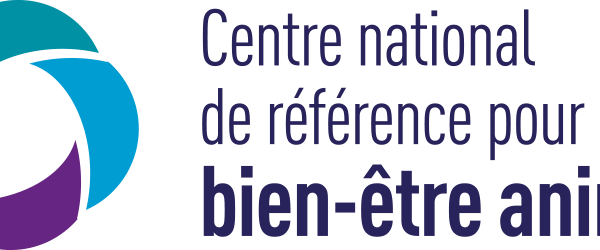Document type: scientific review published in Animals
Authors: Pavan Kumar, Ahmed A. Abubakar, Awis Qurni Sazili, Ubedullah Kaka, Yong-Meng Goh
Preview: Electroencephalography (EEG) can be reliable for assessing the brain's electrical activity of preslaughter stress and pain. The duration between the ventral neck cut and induction of a state of unconsciousness/insensibility is crucial in the slaughtering of animals, reducing pain, fear, and distress. Various EEG variables, such as median frequency (F50), the total power of EEG spectrum (Ptot), wave patterns (amplitude and frequencies), epileptiform EEG, index of consciousness, and isoelectric EEG, are used to identify a valid indicator of the state of unconsciousness. Association among various behavioral, physiological, and hematological parameters with EEG variables could provide an overall assessment and deep insights into the animal stress levels or welfare status during various managemental and preslaughter operations, such as transport, stunning, and slaughtering operations. The application of EEG could help in further refining the stunning technologies and slaughter protocols in livestock, poultry, and fish. The present review analyzed the application of EEG as a neurophysiological tool for assessing animal welfare during the critical state of preslaughter handling and slaughter, thus ensuring proper compliance with animal welfare principles.




